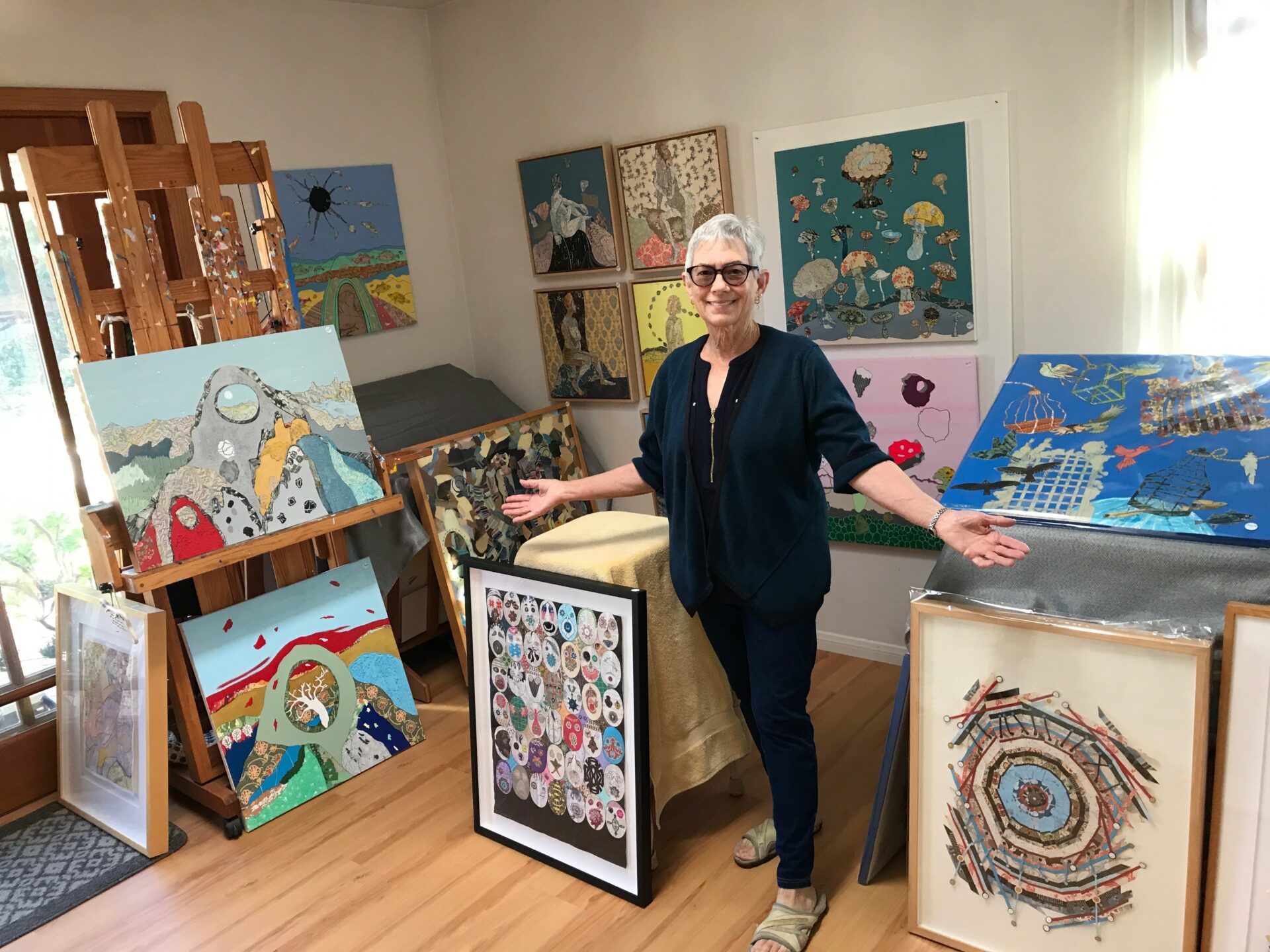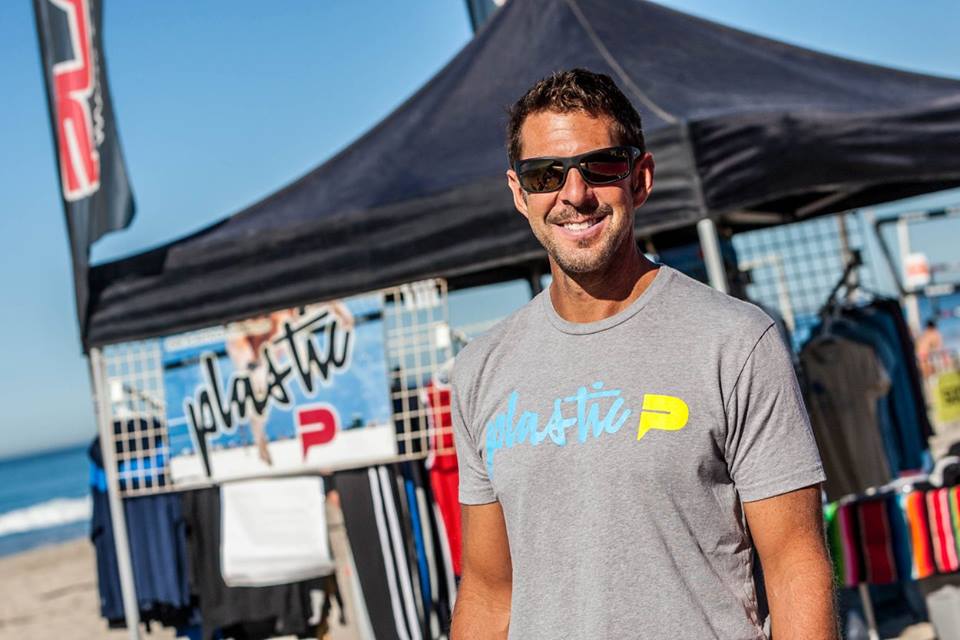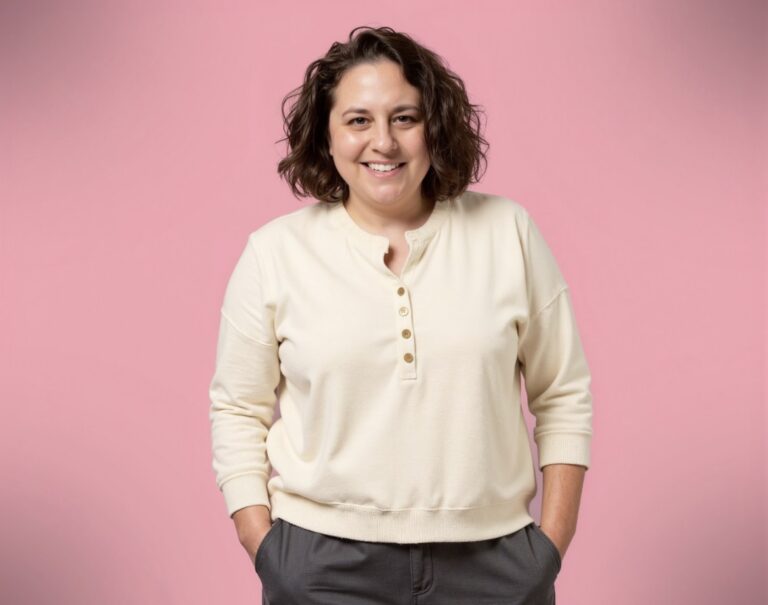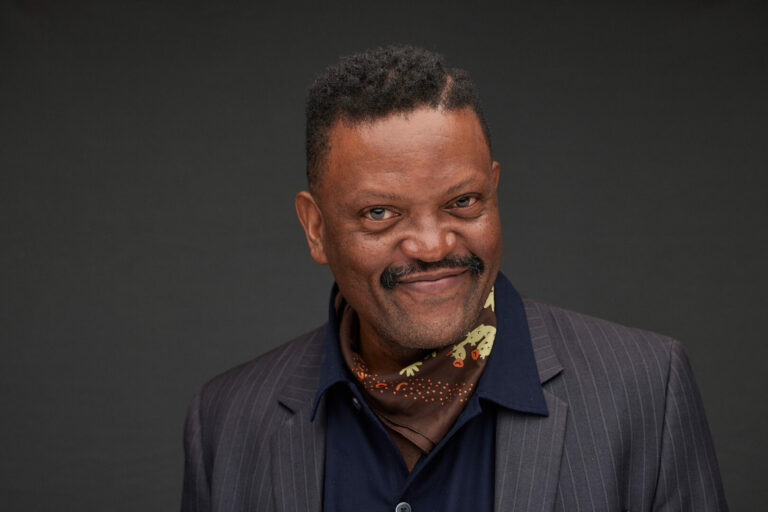We were lucky to catch up with Nancy Goodman Lawrence recently and have shared our conversation below.
Nancy Goodman, we’re thrilled to have you on our platform and we think there is so much folks can learn from you and your story. Something that matters deeply to us is living a life and leading a career filled with purpose and so let’s start by chatting about how you found your purpose.
I had a sketchbook when I was a small child, and I remember thinking that my uncle had a square head and drew him that way. Instead of taking naps, I would be making sculptures with cardboard and spit and hiding them.
What cemented my wish to be an artist was a very gifted elementary school classmate, whose drawing of a ship was hung on the wall by our first grade teacher. I went home and reported that it looked like it was good enough to be in a magazine. I wanted to do the same thing (sans the ship image).
These were all clear thoughts, but less clear to me at the time, I believe making art was a wish to be seen. As a middle child, and for other reasons, I sometimes felt invisible. Art was a way to put myself out there while remaining somewhat in the shadows.
Thanks for sharing that. So, before we get any further into our conversation, can you tell our readers a bit about yourself and what you’re working on?
I make paintings that combine acrylic with maps, vintage style wrapping paper and found papers. I am constantly looking for ways to surprise myself. I try to avoid approaches that feel traditional, instead concentrating on what makes my work a little bit offbeat. Whether or not I’m successful, this is my goal.
I have worked in many distinct series over the years. I try to push through an idea until I have nothing left to say about it or feel bored with it. Then, I begin something new.
For years, I worked mostly in maps after finding a box of them in my parents’ home. I made 3 series using only maps: portraits, the figure and a series I called “concentric narratives” based on concentric circles.
For the past couple of years, I have been making a series called “Myth, Muse and Metaphor.” I comb sites that have images in the public domain and incorporate quirky plants, animals and other invented shapes into paintings. I love to combine acrylic with maps and vintage style wrapping paper. I never have a complete idea before I begin but let the work evolve as I go along. The paintings are very playful in nature. But, for me, there is also an underlying sinister quality to these pieces that represents the kind of chaotic and scary world we live in. My work is very detailed and pristine. Although I enjoy a raw feeling in other artists’ work, I enjoy working meticulously. Surface is very important, but so is the narrative that can lie beneath it.
I am a member of Women Painters West, the Los Angeles Art Association, Collage Artists of America, Jewish Artists Initiative and Southern California Women’s Caucus for Art (SCWCA). I am also in a discussion group that meets once a month.
My work has appeared in many books and publications.
At the moment, I have work in shows at Descanso Gardens, The Makery in downtown L.A. (SCWCA show), the Yuma Art Center, Yuma, AZ (Women Painters West show) and a show in Lorne, Australia, curated by Todd Bartel. I will be having a solo show at the LA Art Association in the spring.
Looking back, what do you think were the three qualities, skills, or areas of knowledge that were most impactful in your journey? What advice do you have for folks who are early in their journey in terms of how they can best develop or improve on these?
The qualities that have most benefited me are persistence, stubbornness and the desire to network with other artists. When I graduated from UCLA with a degree in art, I was kind of on my own. I didn’t have a network of artists in my life at the time and felt isolated. Over the years, I developed associations with groups and made many artist friends. If I were giving advice, I would tell people to reach out. Both you and your art will benefit from being in the art world with others.
I have received some unwanted feedback in the past, and although it was sometimes painful, I persisted in my art practice. Feedback can be just plain negative, but on the other hand, it can also be a teacher. This may sound like a cliché, but at times when I felt defensive about a comment, it became an impetus for making an important change. What’s interesting to me is that even well-meant, supposedly positive comments can feel wrong to me if they don’t jibe with my view of what I am doing. At this point in my practice, I’m much more confident about knowing what I want to take in or leave.
My stubbornness propels me to work, even though I may not feel like doing so on some days. If I feel stuck, I switch gears and work on something that feels less significant, just to be doing something. This pulls me out of my lethargy. It’s the same with exercising. I need to walk a certain amount each day, whether or not I feel like it. Pushing through is the only thing that gets one to the other side.
Alright so to wrap up, who deserves credit for helping you overcome challenges or build some of the essential skills you’ve needed?
I believe that it’s important to have mentors in your artistic journey. I have had a couple of people who provided that for me. Years ago, I took a private uninstructed workshop from an artist who was also willing to look at work that I brought in was not made in the workshop. His guidance and support was very important to my development.
I also worked with an art advisor, with whom I met monthly for several years. She got me through a stuck period and had me looking at work in a new way. I credit her with my work being where it is today.
Contact Info:
- Website: http://nancygoodmanlawrence.com
- Instagram: https://www.instagram.com/nancygoodmanlawrence/
- Facebook: https://www.facebook.com/NancyGoodmanLawrence
- Youtube: https://www.youtube.com/watch?v=tPcmRJDqVFE
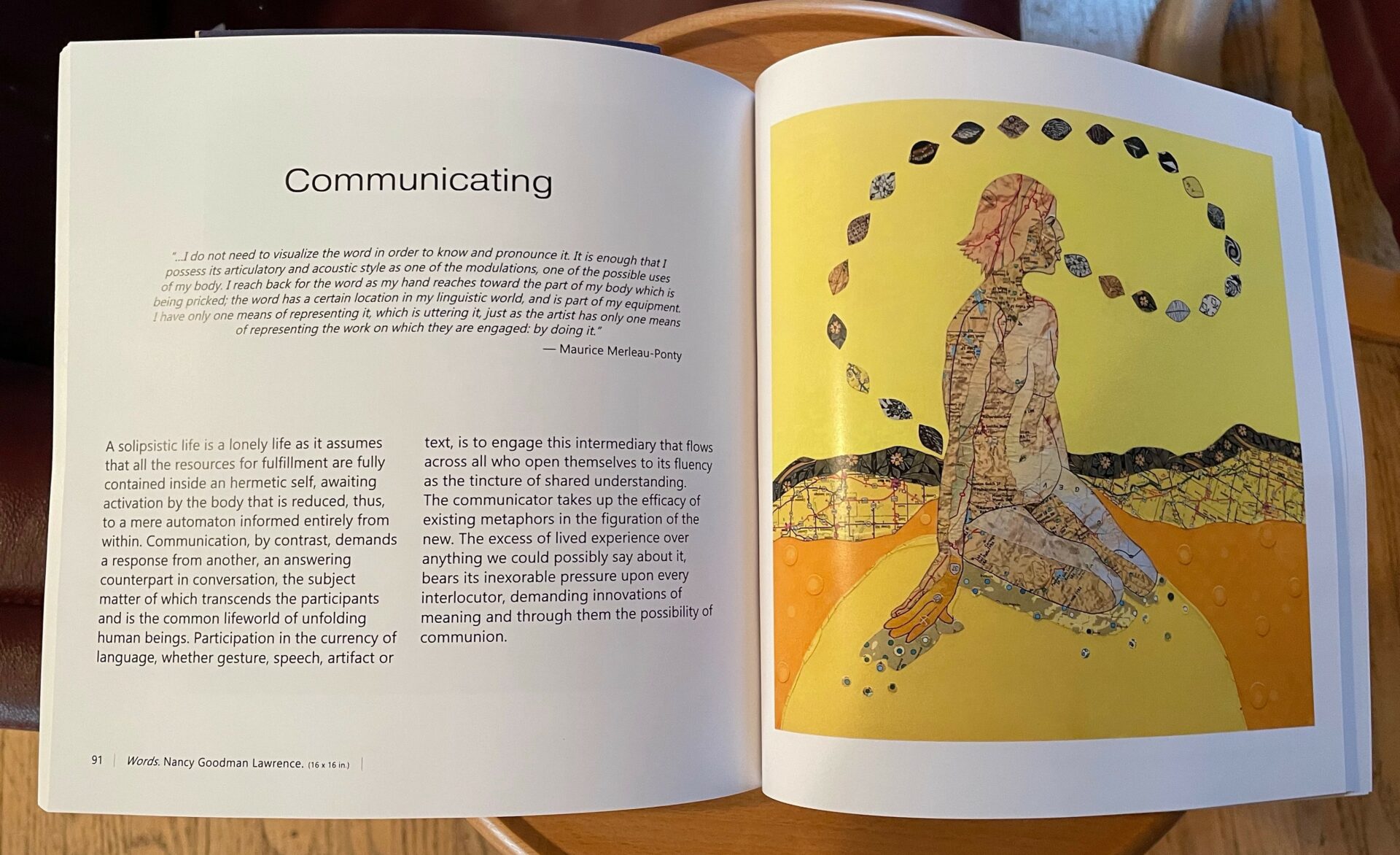
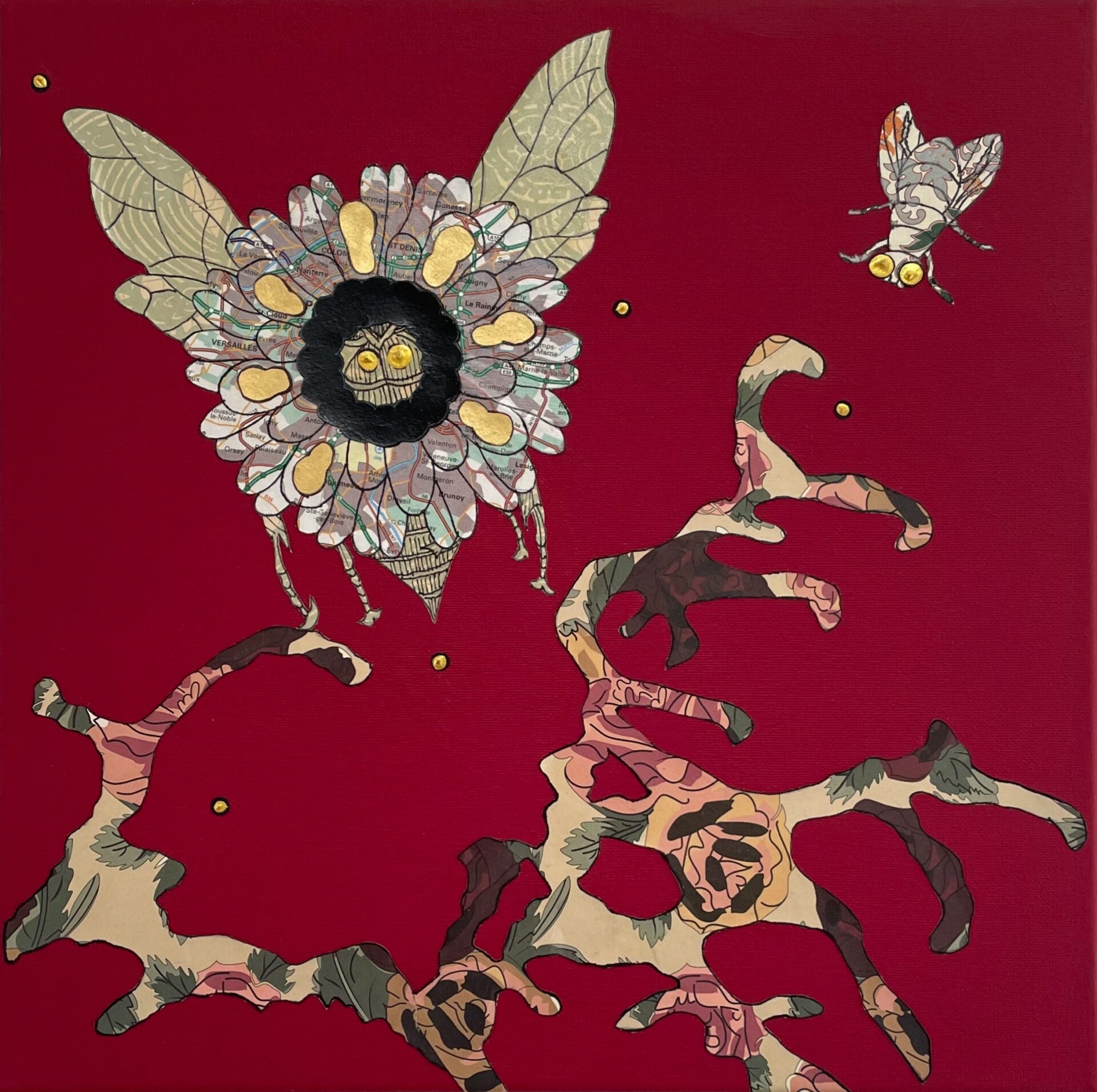
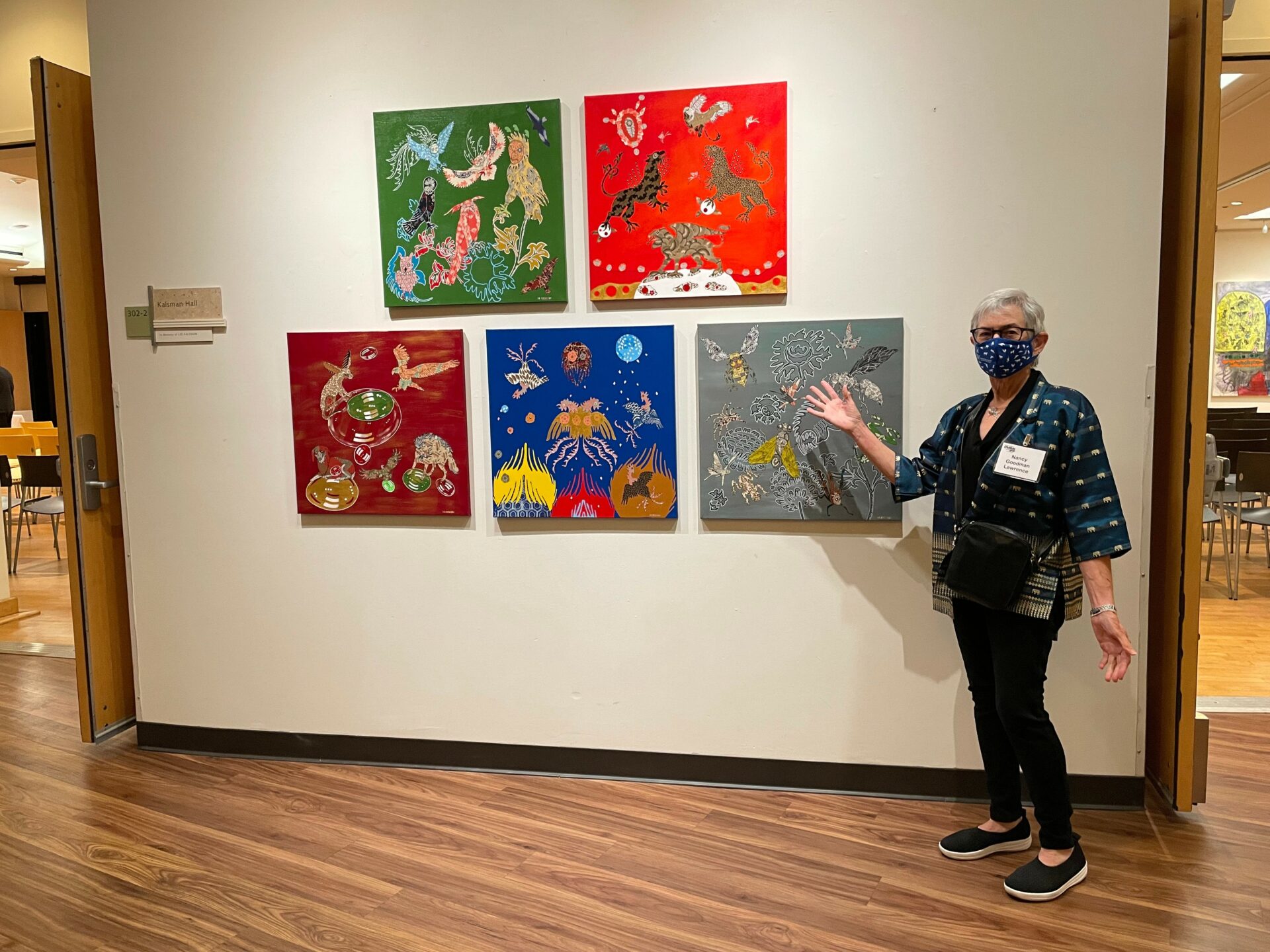
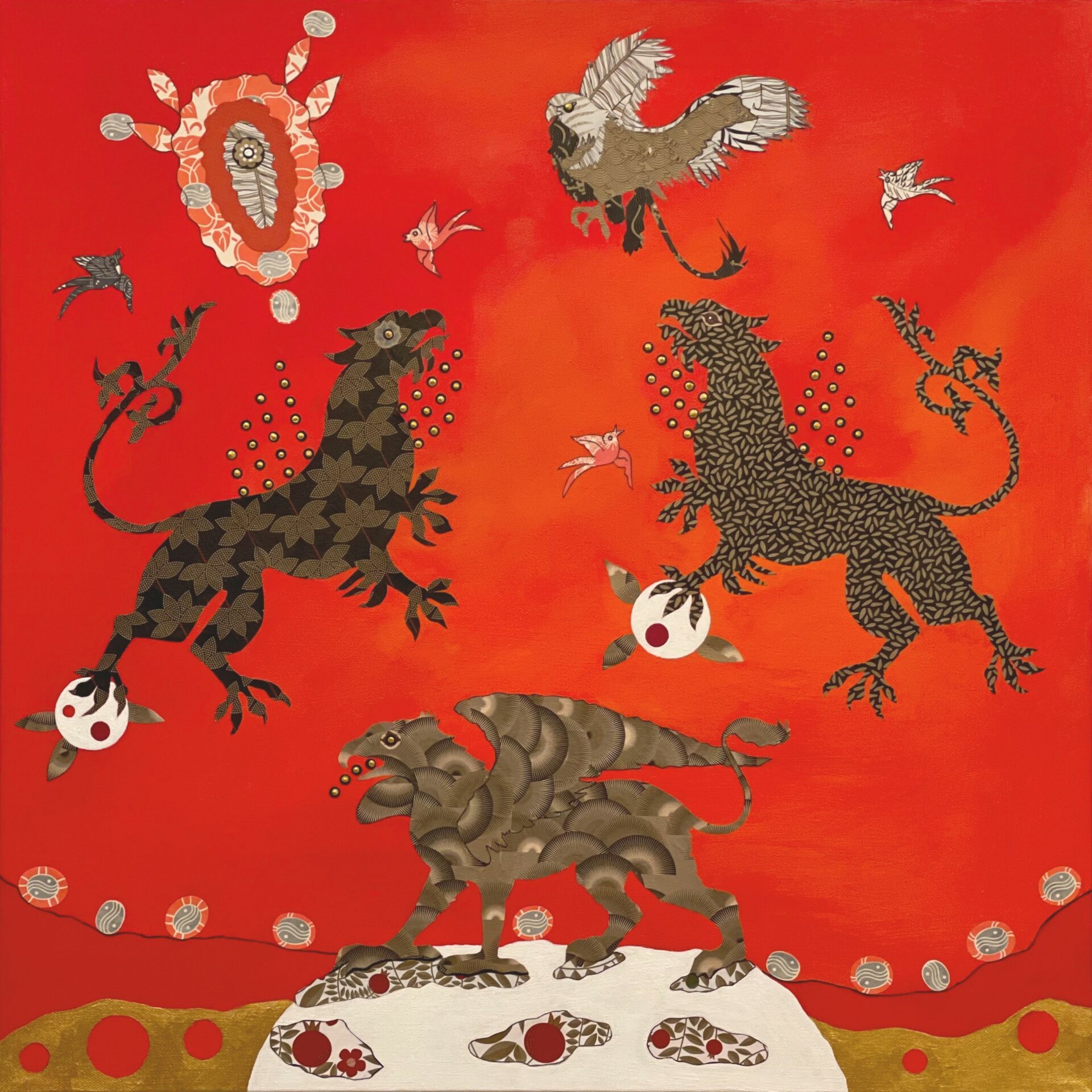
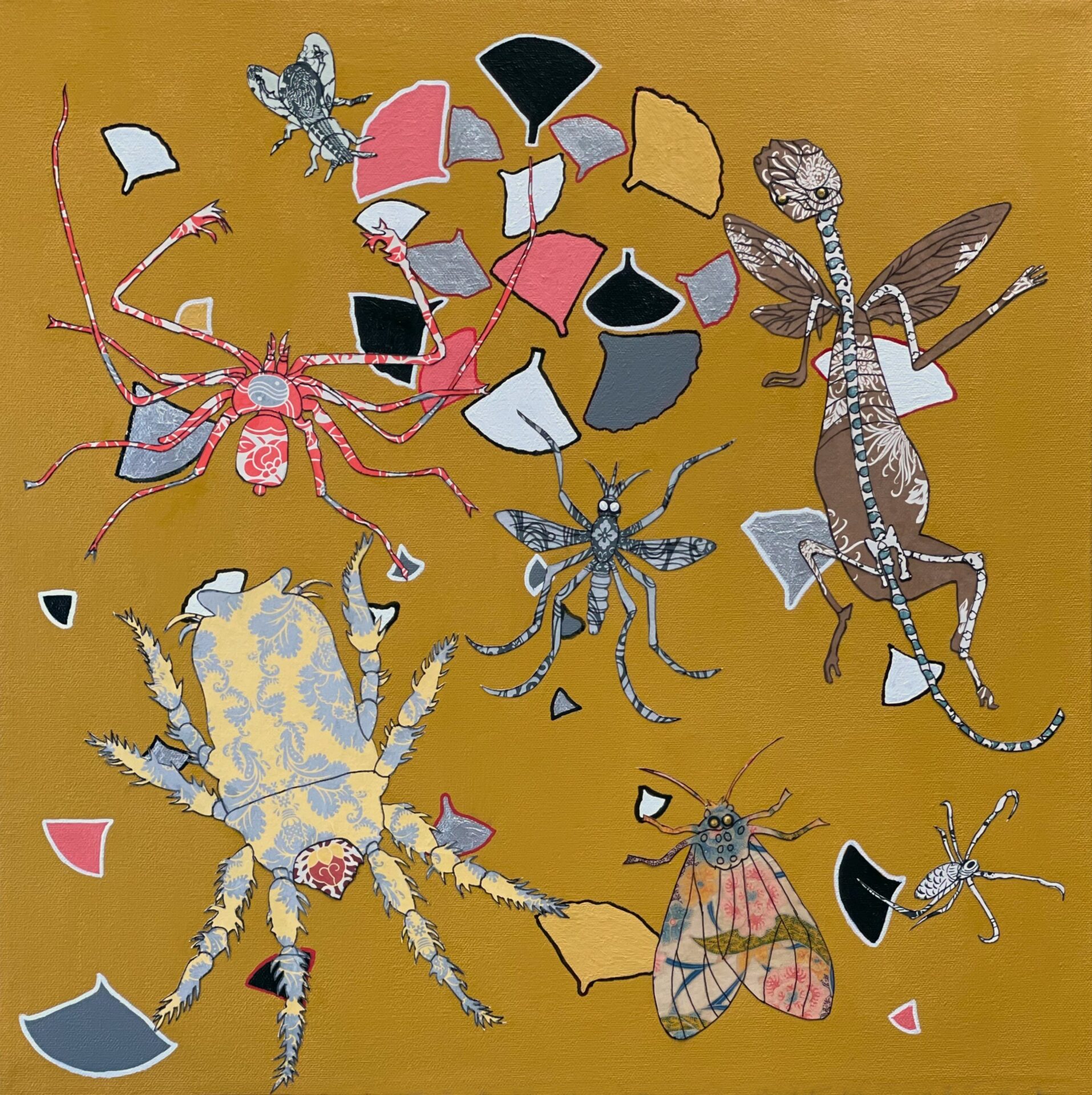
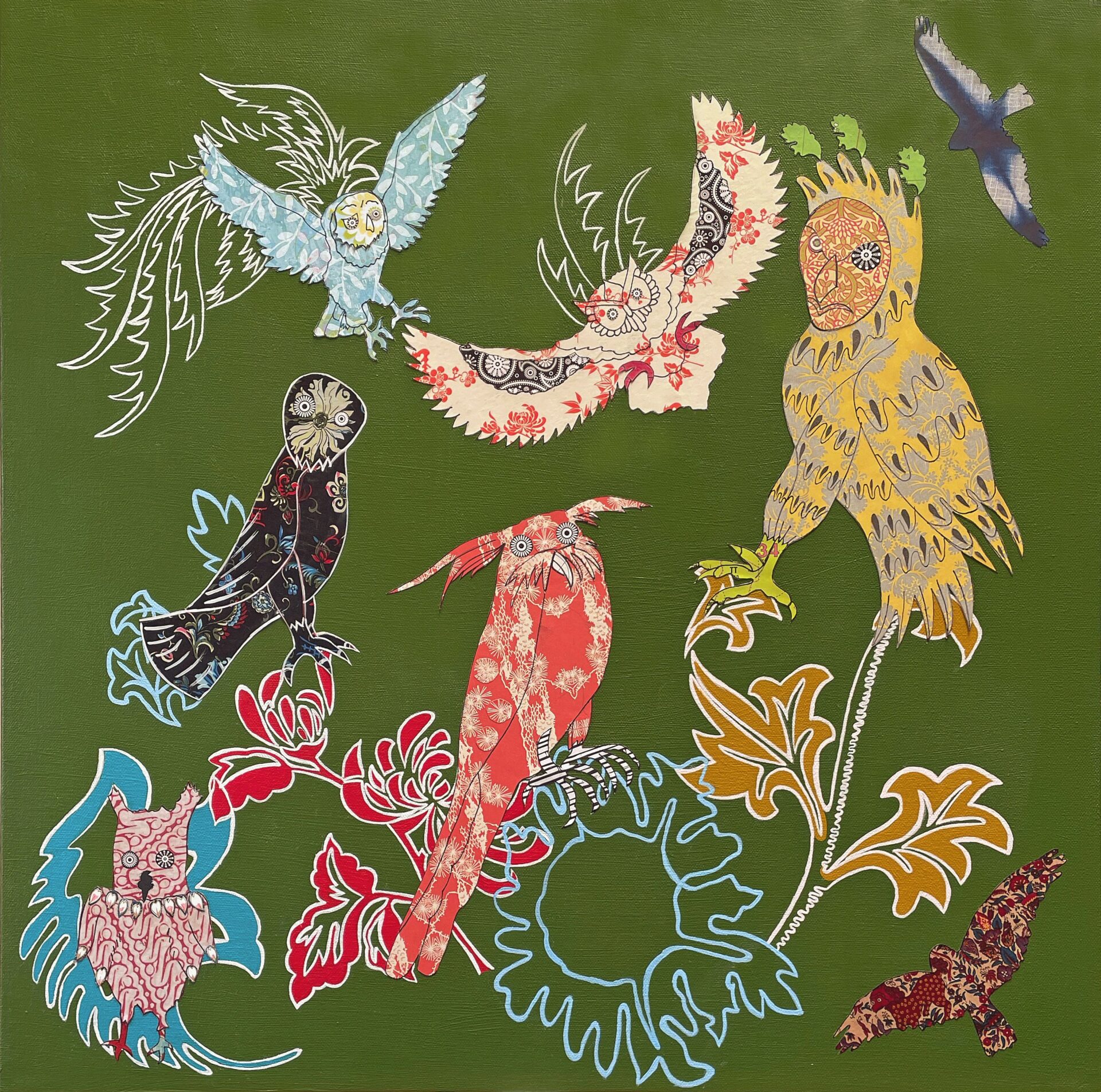
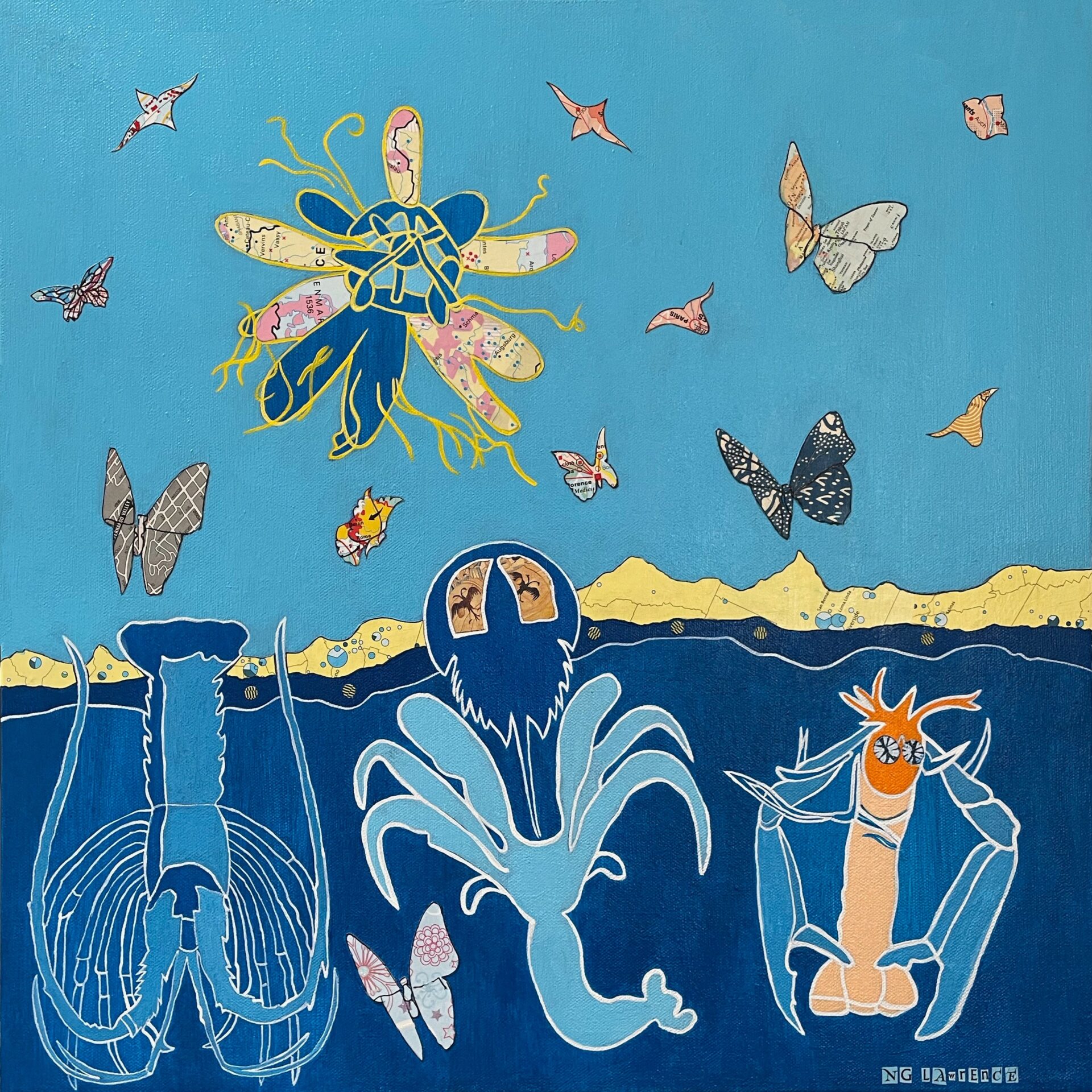
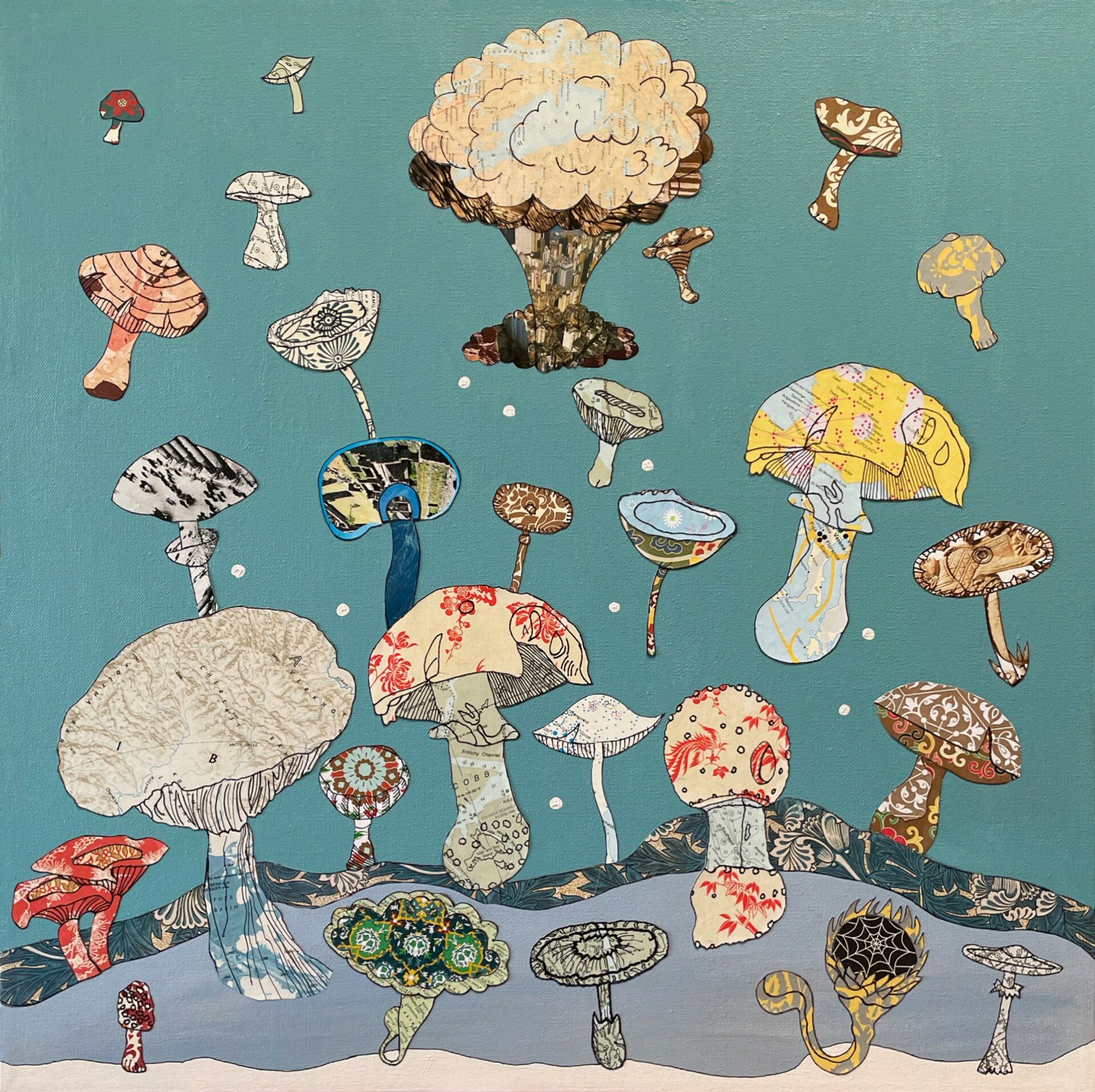
Image Credits
Steve Lawrence

